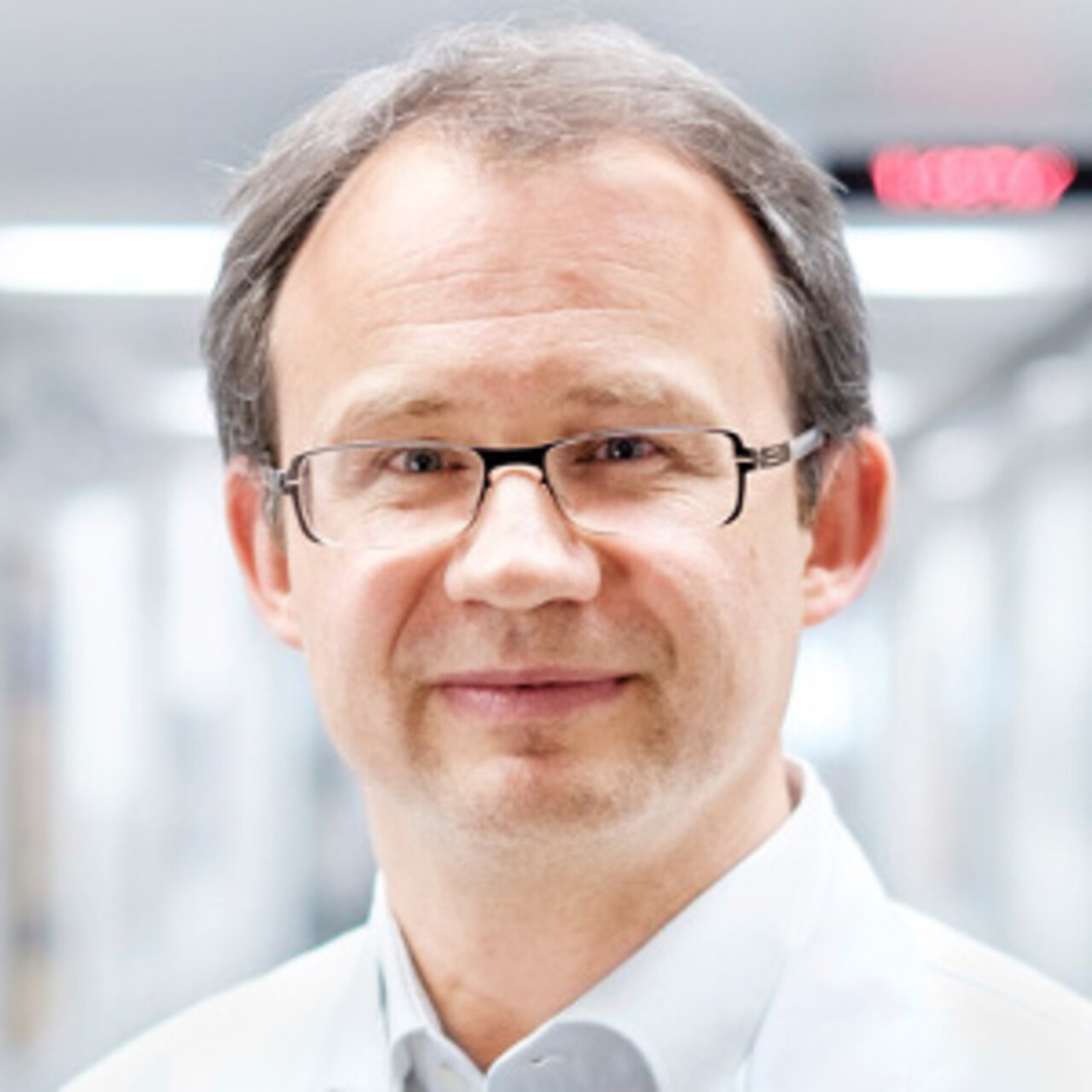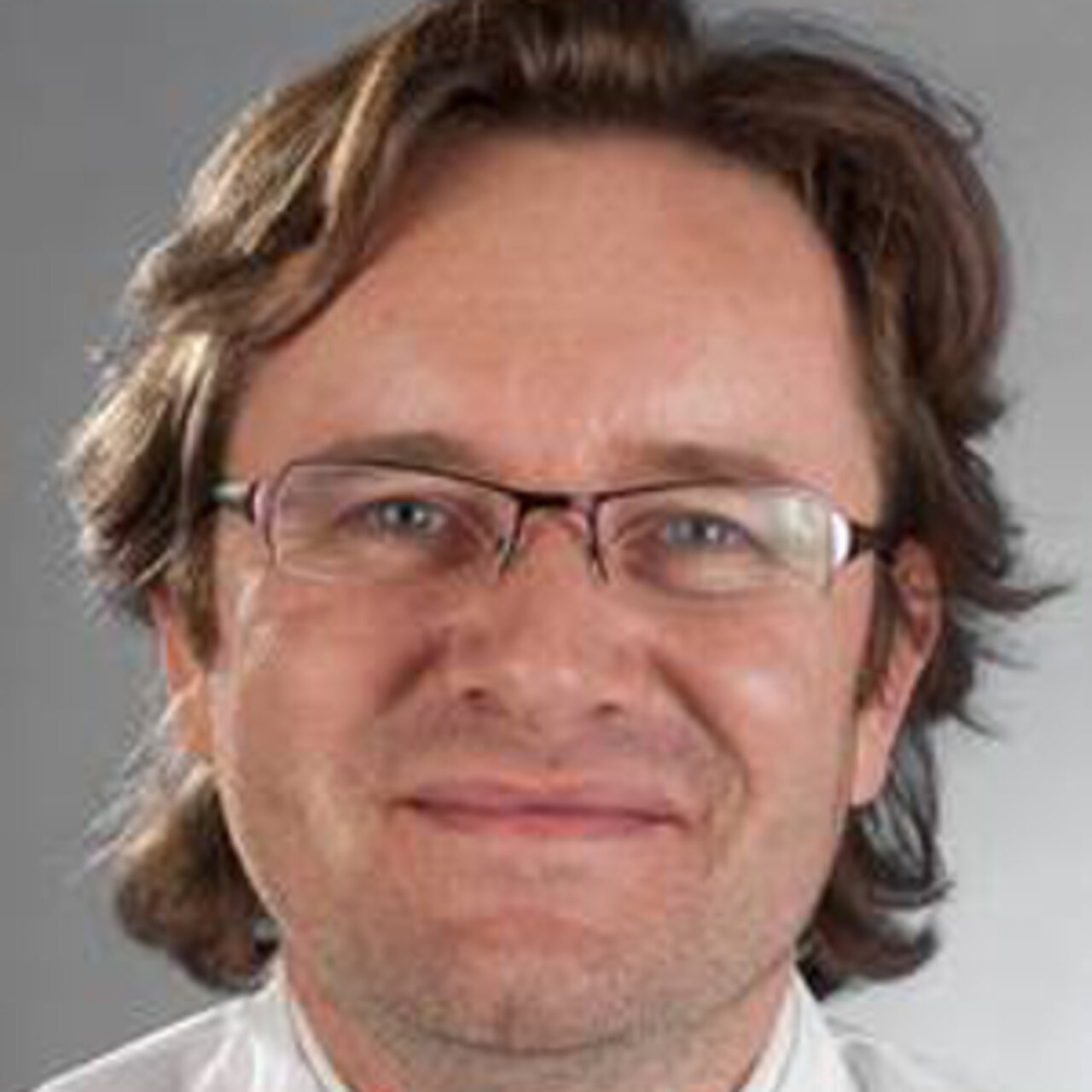Specialists in Chordoma
12 Specialists found
Information About the Field of Chordoma
What is a Chordoma?
A chordoma is a very rare tumor, which develops from the remaining structures of the chorda dorsalis. The chorda dorsalis is an elastic cord that exists during embryonic development and serves as a support. In humans, this function is replaced by the spinal column, and the chorda dorsalis regresses. Remnants of it are found in the intervertebral discs as a gelatinous mass. Therefore, the origin of the chordoma is located in the spine. The chordoma is histologically classified as benign but shows aggressive infiltrative behavior. Despite surgical tumor removal, recurrence is common.
Causes, Symptoms & Localization
To date, it is unclear for what reason the cells of the chorda dorsalis remnant degenerate. There are no known environmental or lifestyle-related risk factors. Likewise, chordoma is not inherited but arises spontaneously.
Chordoma occurs most commonly at the base of the skull and the coccyx. Those that grow into the skull cause symptoms such as cranial nerve disorders or brainstem symptoms. Cranial nerve disorders, among others, are manifested by paralysis of eye muscles, double vision, visual disturbances, reduction of the visual field, dizziness, balance disorders. Likewise, affected individuals may suffer from headaches, nausea when the tumor grows into the brainstem. A chordoma can also destroy joints in a few cases, causing instability and pain on movement at the junction of the spine and head.
How is a Chordoma Diagnosed?
After a detailed medical consultation, the affected person is examined. Here, the examining physician pays particular attention to cranial nerve disorders and restrictions in spinal mobility. Magnetic resonance imaging (MRI) displays the chordoma as an image, confirming the diagnosis and providing information about its size and spread. In addition, a computed tomography (CT) is performed, as this examination can better visualize the bones.
Treatment Options
Unfortunately, chordoma hardly responds to radiation therapy or chemotherapy. Therefore, the most effective therapy is complete tumor removal. Unfortunately, in the majority of patients, a complete removal is unsuccessful due to advanced spread and/or location to important anatomic structures. In such cases, irradiation with protons or carbon ions is performed after surgery to reduce the risk of recurrence.
In addition to tumor removal, treatment of spinal instability is important. If the tumor has already destroyed joints or bones, stability is no longer guaranteed. However, with the help of screw-plate systems, stability is restored.
Chances of Cure & Prognosis
The prognosis depends on many different factors. These include the affected person's age, the size, location, and spread of the chordoma, and the possibility of surgical removal. Basically, it can be said that the earlier the tumor is detected and the smaller the size and spread, the better the chances of cure.
Which Doctors and Clinics are Specialized in the Diagnosis and Treatment of Chordoma?
Chordoma is a very rare tumor. Affected patients should therefore visit a neurosurgical center that has sufficient experience with this disease. Then, in an interdisciplinary team, each case is discussed individually, and individual therapy is chosen.
We help you to find an expert for your disease. All listed physicians and clinics have been reviewed by us for their outstanding specialization in the field of chordoma and are awaiting your inquiry or request for treatment.
Sources:
- Herold et al.: Innere Medizin. Eigenverlag 2012, ISBN: 978-3-981-46602-7.
- Böcker et al.: Pathologie. 3. Auflage Urban & Fischer 2004, ISBN: 3-437-44470-0.
- Hiddemann et al.: Die Onkologie: Teil 1: Epidemiologie - Pathogenese - Grundprinzipien der Therapie. Springer 2013, ISBN: 978-3-662-06671-3.











